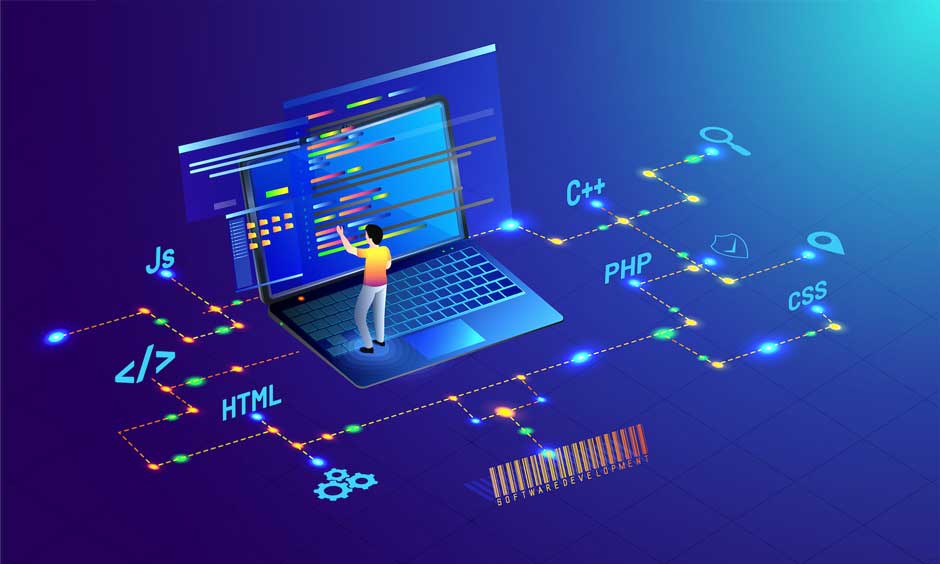The Future of Software Engineering: Trends You Can’t Ignore

Software engineering has been at the heart of technological innovation for decades. From powering early business systems to building AI-driven applications, it continues to shape the digital economy. However, the future of software engineering looks vastly different from its past. New technologies, changing workforce dynamics, and evolving market needs are transforming how software is developed, tested, and deployed.
In this blog, we’ll explore the trends shaping the future of software engineering and why keeping up with them is critical for both professionals and businesses.
Introduction: Preparing for the Next Era of Software Engineering
The demand for skilled software engineers has never been higher. However, it’s not just about writing code anymore, it’s about adapting to new tools, methodologies, and market realities. A coding bootcamp can fast-track the skills needed to stay relevant in this fast-changing landscape, offering practical, project-based learning that mirrors real-world demands.
From AI-powered development assistants to collaborative, low-code platforms, software engineering is moving toward a future where speed, adaptability, and innovation are essential.
Key Trends Shaping the Future of Software Engineering
1. AI-Driven Software Development
Artificial intelligence is becoming a key part of the development process. AI tools can now generate code, suggest optimisations, detect bugs, and even predict performance bottlenecks before deployment. Platforms like GitHub Copilot and Tabnine are making development faster and reducing human error.
- Impact:Higher efficiency, reduced development time, better quality control.
- Example:AI-assisted code completion tools help engineers focus more on solving problems than on syntax.
2. Rise of Low-Code and No-Code Platforms
Businesses increasingly rely on low-code and no-code solutions to accelerate application development. While these platforms don’t replace professional developers, they empower non-technical teams to contribute to building applications.
- Impact:Faster prototyping, reduced costs, and broader collaboration.
- Example:Tools like OutSystems and Mendix allow rapid creation of apps for specific business needs without heavy coding.
3. Cloud-Native Development
Cloud-native architectures are now the standard for scalable and flexible application development. Microservices, containerisation (Docker, Kubernetes), and serverless computing are helping businesses deploy applications more efficiently.
- Impact:Improved scalability, better cost management, faster updates.
- Example:Netflix relies heavily on cloud-native architecture to manage millions of concurrent streams globally.
4. DevSecOps: Security at the Core
Security is no longer a last-minute addition; it’s embedded into every stage of the development process. DevSecOps practices integrate security checks from the earliest phases of software design.
- Impact:Reduced vulnerabilities, proactive threat detection, compliance with regulations.
- Example:Automated security scanning tools flag vulnerabilities during coding rather than after deployment.
5. Remote-First & Distributed Teams
With the rise of remote work, software engineering has become a global profession. Distributed teams are now common, powered by collaboration tools like GitHub, Jira, and Slack.
- Impact:Access to a global talent pool, diverse perspectives, and flexible working arrangements.
- Example:Open-source projects thrive because developers worldwide collaborate asynchronously.
6. Quantum Computing and Advanced Algorithms
While still in its early stages, quantum computing will revolutionise problem-solving for areas like cryptography, logistics, and large-scale simulations.
- Impact:Faster processing for complex computations, breakthrough problem-solving capabilities.
- Example:IBM and Google are investing heavily in quantum systems that could one day outperform classical computing in critical areas.
7. Sustainable Software Engineering
Sustainability is emerging as a key trend in software engineering. Efficient coding practices, optimised algorithms, and energy-conscious cloud usage contribute to greener development.
- Impact:Reduced carbon footprint, better resource utilisation.
- Example:Microsoft’s commitment to sustainable software includes optimising Azure data centres for energy efficiency.
Skills Needed for the Future Software Engineer
To stay relevant in this evolving industry, professionals need to build a diverse set of skills:
- AI & Machine Learning– Understanding AI-assisted coding and predictive analytics.
- Cloud Computing– Mastery of AWS, Azure, and GCP platforms.
- Cybersecurity Awareness– Integrating security into every stage of development.
- Collaboration Tools– Working effectively in distributed environments.
- Continuous Learning Mindset– Adapting to emerging technologies and methodologies.
How Businesses Can Prepare for the Future
For organisations, the future of software engineering means rethinking development strategies:
- Invest in Continuous Learning– Encourage upskilling through modern training programs.
- Adopt Agile & DevSecOps– Improve flexibility and security in development cycles.
- Leverage AI Tools– Enhance productivity with AI-powered development solutions.
- Support Remote Teams– Provide infrastructure and collaboration tools for distributed workforces.
Conclusion: Shaping the Future of Software Engineering
The software engineering industry is evolving at an unprecedented pace. From AI-driven coding to cloud-native systems, the next decade will redefine how software is built, deployed, and maintained. For professionals, adaptability and continuous learning will be the most valuable traits.
A software engineering bootcamp can be an effective way to quickly adapt to these changes, providing hands-on exposure to modern tools and practices that the industry demands. As technology continues to advance, those who embrace these trends will be the ones shaping the digital future.


